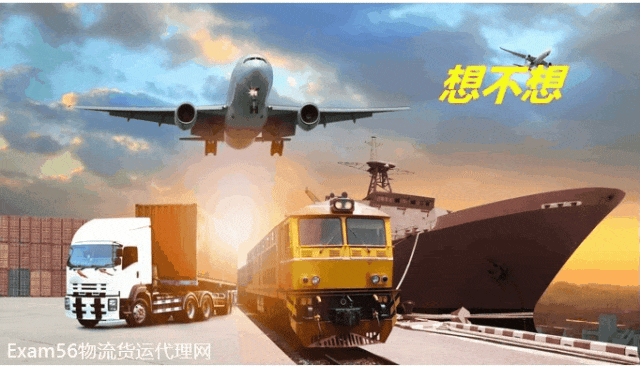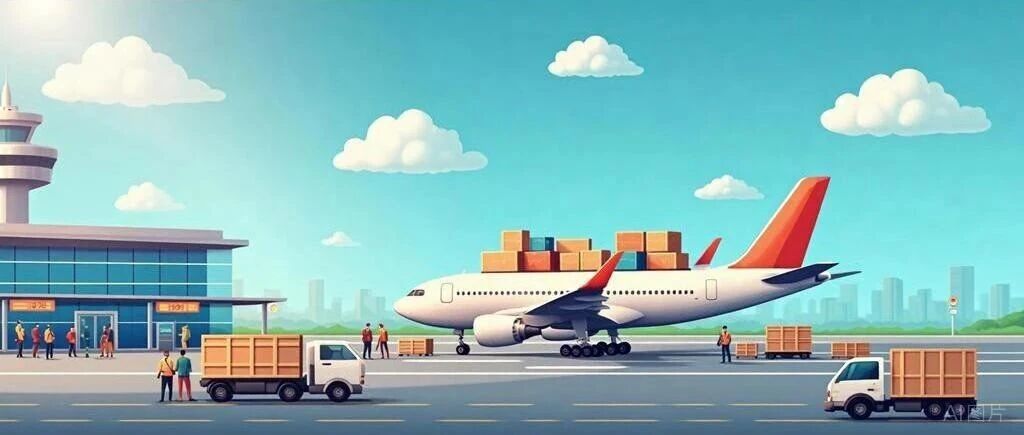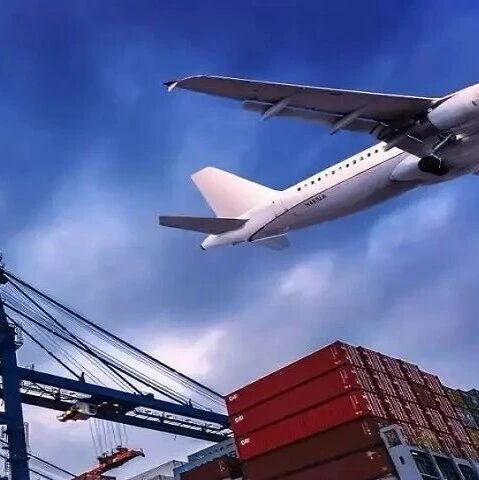
走向大师说
Exam56物流货运代理网专注于国际货运代理、物流行业的深度研究和专项考试分析,帮助小伙伴提升行业的认知和积累。
马士基作为世界上最大的航运公司之一,在美国政府计划自2025年4月2日起推出新的互惠关税之前,业已发布了初步指导方针。
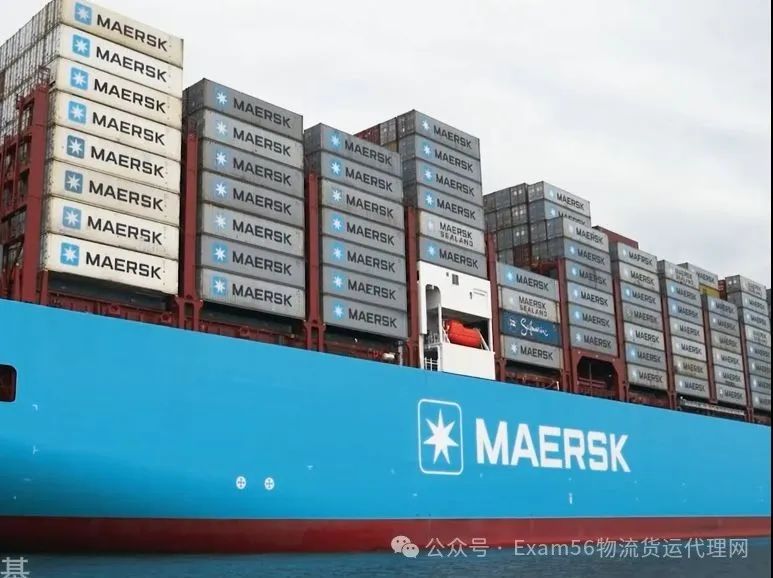
此次受关税影响的行业涵盖汽车、电子、农业以及消费品领域,这一举措引发了人们对于依赖这些地区进口的企业可能面临的潜在成本增加以及供应链中断的担忧。
马士基在3月28日向客户发布更新时表示:“倘若你从受影响的地区进口货物,这些政策变化或许会对成本、供应链规划以及合规要求产生影响。当下了解这些调整详情,将有助于你提前为可能出现的中断情况以及成本增加做好充分准备。”
关税征收范围涉及从中国、印度、墨西哥、德国、巴西、韩国、日本、法国、加拿大、意大利、台湾、英国、泰国、越南以及新加坡等国家和地区进口的商品。
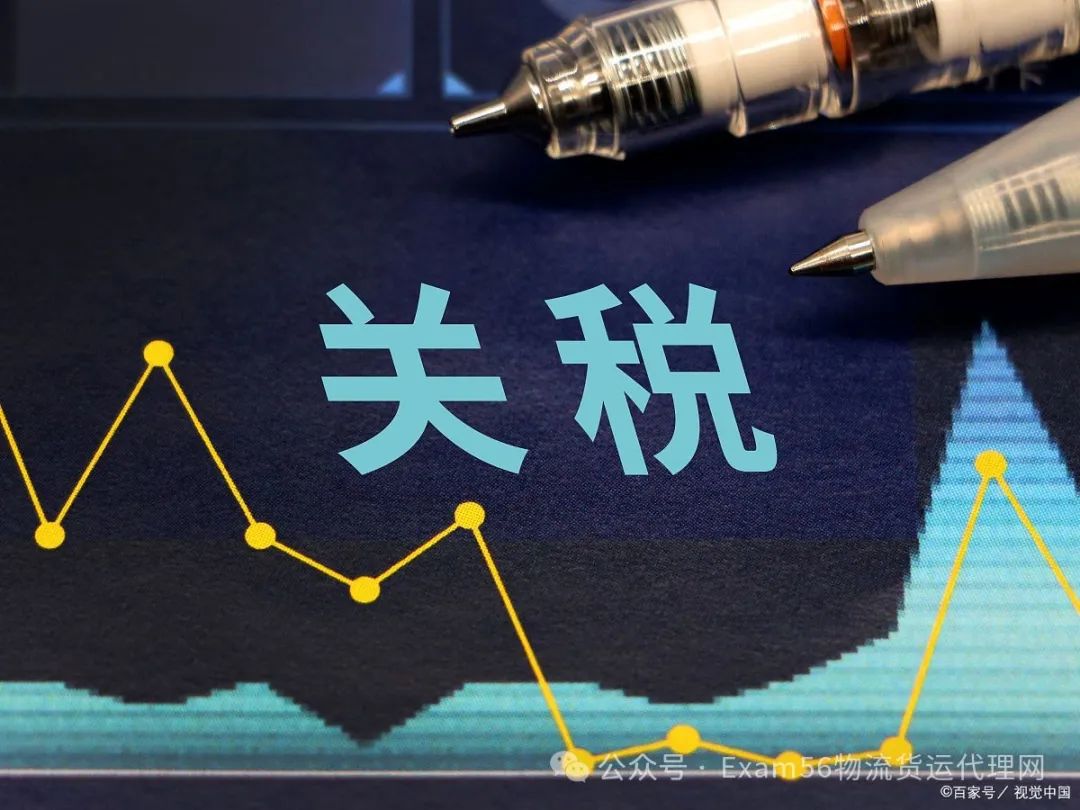
马士基指出,每个国家将会依据自身的贸易惯例被分配相应的关税税率,其中涵盖现有关税、非关税壁垒、税收、货币政策以及劳工标准等内容。尽管目前确切的费率尚未对外公布,但建议各企业密切关注相关事态的发展,以便准确评估其对自身运营所产生的影响。
丹麦航运公司进一步表示:“确切的税率虽然尚未完全公之于众,但它们在确定对来自这些国家的进口商品所征收的关税方面将发挥至关重要的作用。企业应当密切留意最新动态,深入了解这些关税将对自身特定商品造成怎样的影响。”
马士基还提到,美国财政部长Scott Bessent 尚未阐明关税堆叠(即针对同一商品征收多种关税,从而大幅抬高税率)是否会成为新政策的一部分,在此类情况下,有效提高税率将被适用。
马士基的咨询内容补充道:“倘若最终真的出现这种情况,那么可能会通过在现有贸易限制的基础上叠加互惠关税的方式,大幅提高某些进口商品的税率。不过,目前尚不清楚这些关税将与当前的美国关税如何相互影响。”

马士基表示,尽管最终的关税税率尚未确定,但基于当前贸易数据所做的初步估计显示,潜在的关税税率大致如下:
•中国:3.1%
•印度:11.5%
•德国和法国:2.8% - 3%
•墨西哥:6%
•巴西和韩国:7% - 10%
•日本和英国:2.5%
“这些数字代表的是贸易加权平均值,可能会因具体的贸易政策而有所不同,”马士基补充说明道。
马士基还提及,这些关税政策目前仍在敲定过程中,美国海关以及其他贸易当局所发布的最新消息有可能会对最终细节产生影响。然而,它鼓励各家公司在最终细节公布之际保持信息畅通,并对自身的物流策略进行审查,以此减轻潜在的中断风险。
“此外,还敦促企业对关税分类审查、贸易协定利用以及替代采购等策略进行评估,以便妥善管理潜在的成本增加问题。”
这家丹麦航运公司强调,该咨询仅具备参考价值,旨在为公司提供有助于其规划供应链的相关信息,并不构成法律或监管方面的建议。
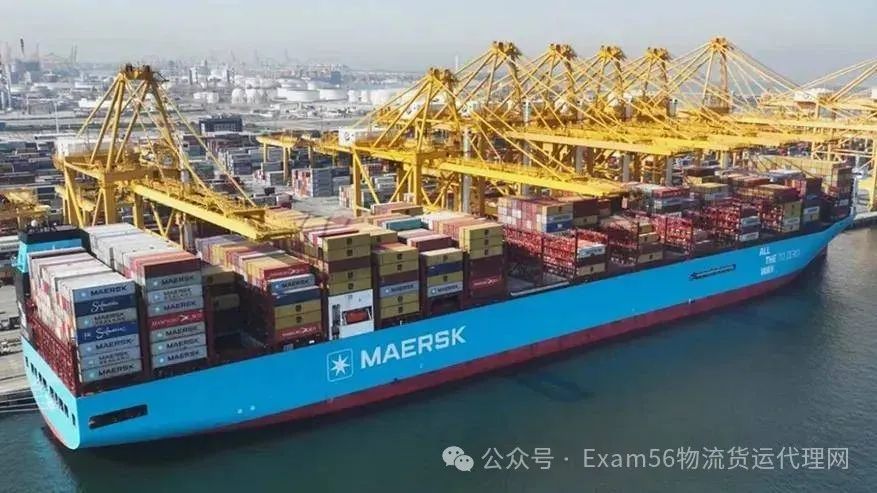
3月30日,美国总统唐纳德·特朗普宣布,互惠关税将适用于所有国家,而非像白宫经济顾问凯文·哈塞特此前所说的那样,仅仅局限于贸易不平衡最大的10至15个国家。
美国此前已经对铝、钢铁和汽车征收了关税,并且提高了对所有源自中国的商品的关税。
据各类报道显示,特朗普在空军一号上对记者说道:“你会从所有国家开始。”。“基本上涵盖了我们谈论的所有国家。”
特朗普将关税视作保护国内经济免受不公平国际竞争侵害的工具,同时也是用以谈判改善美国贸易条件的筹码。然而,人们对贸易战进一步升级的担忧正在扰乱市场秩序,加剧了人们对美国经济衰退的担忧情绪。
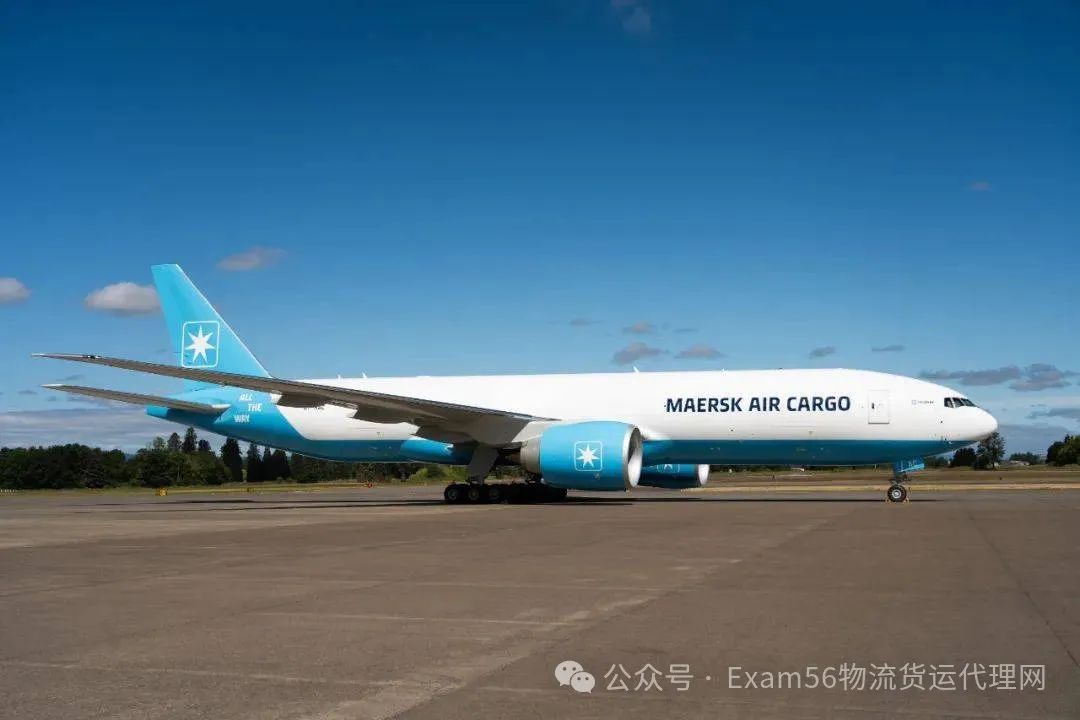
Maersk, one of the world's largest shipping lines, has issued preliminary guidelines ahead of the U.S. government's plan to roll out new reciprocal tariffs starting April 2, 2025.
The affected industries include automotive, electronics, agriculture, and consumer products, raising concerns over potential cost increases and supply chain disruptions for businesses relying on imports from these regions.
"If you import from the impacted regions, these changes could affect costs, supply chain planning, and compliance requirements. Understanding these adjustments now will help you prepare for potential disruptions and cost increases," Maersk said in a March 28 customer update.
The tariffs are slated to apply to goods imported from countries and areas such as China, India, Mexico, Germany, Brazil, South Korea, Japan, France, Canada, Italy, Taiwan, the United Kingdom, Thailand, Vietnam, and Singapore.

Maersk noted that each country will be assigned a tariff rate based on its trade practices, including existing tariffs, non-tariff barriers, taxes, currency policies, and labor standards. Although exact rates have not yet been disclosed, businesses are advised to monitor developments closely to assess the impact on their operations.
"The exact rates have not been fully disclosed, but they will play a key role in determining the duties imposed on imports from these countries. Businesses should monitor updates closely to understand how these tariffs will affect their specific goods," the Danish shipping line said.
Maersk noted that the U.S. Secretary of the Treasury Scott Bessent has not clarified whether tariff stacking — where multiple tariffs are applied to the same goods, significantly increasing the duty rate — will be part of the new policy, effectively increasing the duty rate would apply in these scenarios.
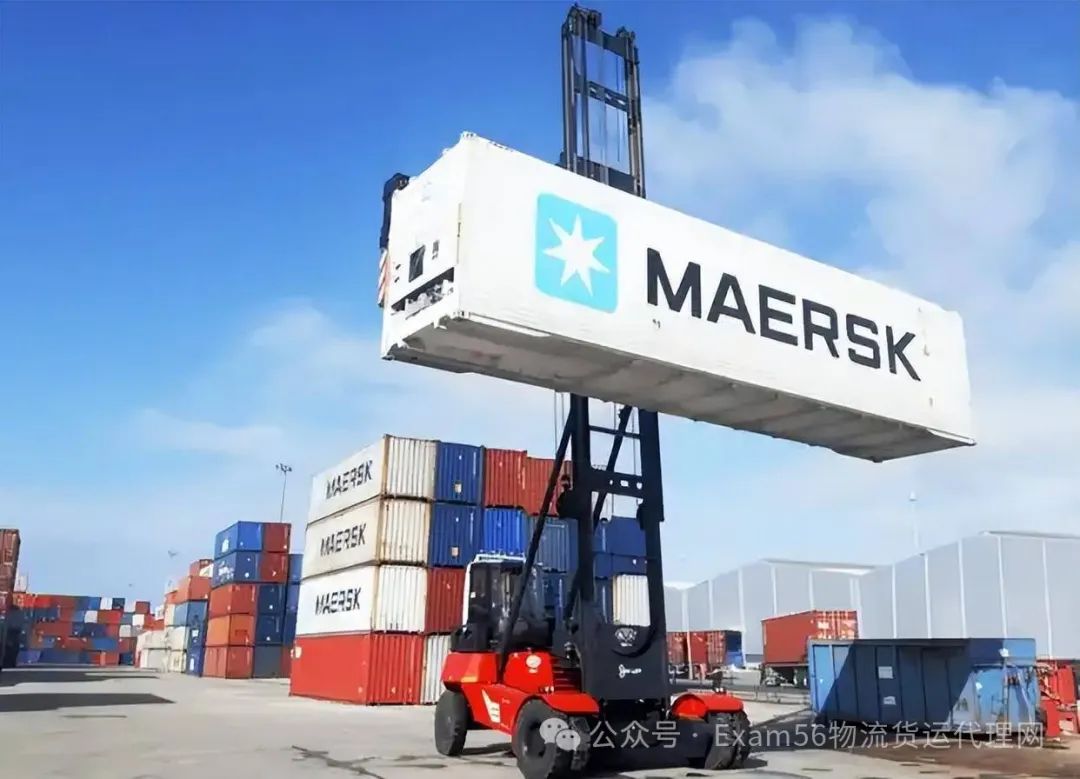
"If that ends up happening, this could significantly increase duty rates on certain imports by layering reciprocal tariffs on top of existing trade restrictions. It remains unclear how these tariffs will interact with current U.S. duties," Maersk's advisory added.
Maersk said that while final tariff rates are not yet confirmed, preliminary estimates based on current trade data suggest the following potential tariff rates:
• China: 3.1%
• India: 11.5%
• Germany & France: 2.8%–3%
• Mexico: 6%
• Brazil & South Korea: 7%–10%
• Japan & the UK: 2.5%
"These figures represent trade-weighted averages and may vary depending on specific trade policies," it added.
Maersk said these tariff policies are still being finalised, and updates from U.S Customs and other trade authorities may impact the final details. However, it encouraged companies to stay informed as final details are released and to review their logistics strategies to mitigate potential disruptions.
"Businesses are also being urged to evaluate strategies such as tariff classification reviews, trade agreement utilization, and alternative sourcing to manage potential cost increases."
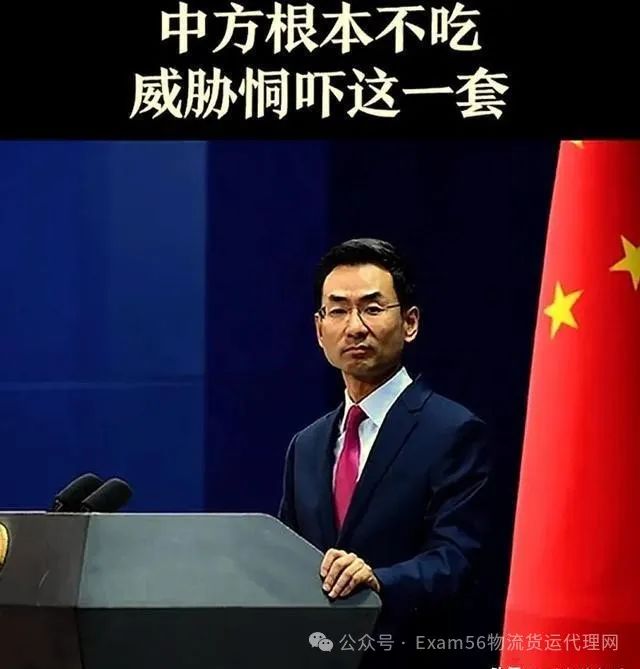
The Danish shipping company noted that the advisory is for informational purposes only to provide companies with information that helps them plan their supply chains and does not constitute legal or regulatory advice.
On March 30, U.S. President Donald Trump announced that reciprocal tariffs would be applied to all nations rather than being limited to a smaller group of 10 to 15 countries with the largest trade imbalances, as White House economics adviser Kevin Hassett had earlier said.
The U.S. has already imposed tariffs on aluminum, steel, and autos and increased tariffs on all goods from China.
"You'd start with all countries," he told reporters aboard Air Force One, according to various reports. "Essentially all of the countries that we're talking about."
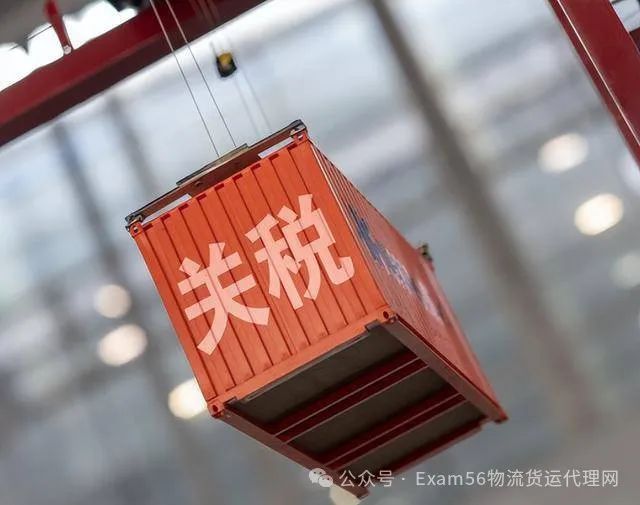
Trump views tariffs as a tool to shield the domestic economy from unfair international competition and as leverage to negotiate improved trade terms for the United States. However, concerns about a trade war further escalating are rattling markets and fueling fears of a U.S. recession.

商务合作请点击上方 |



